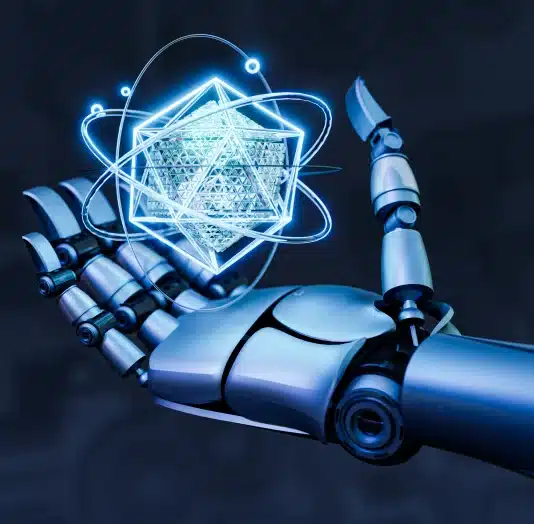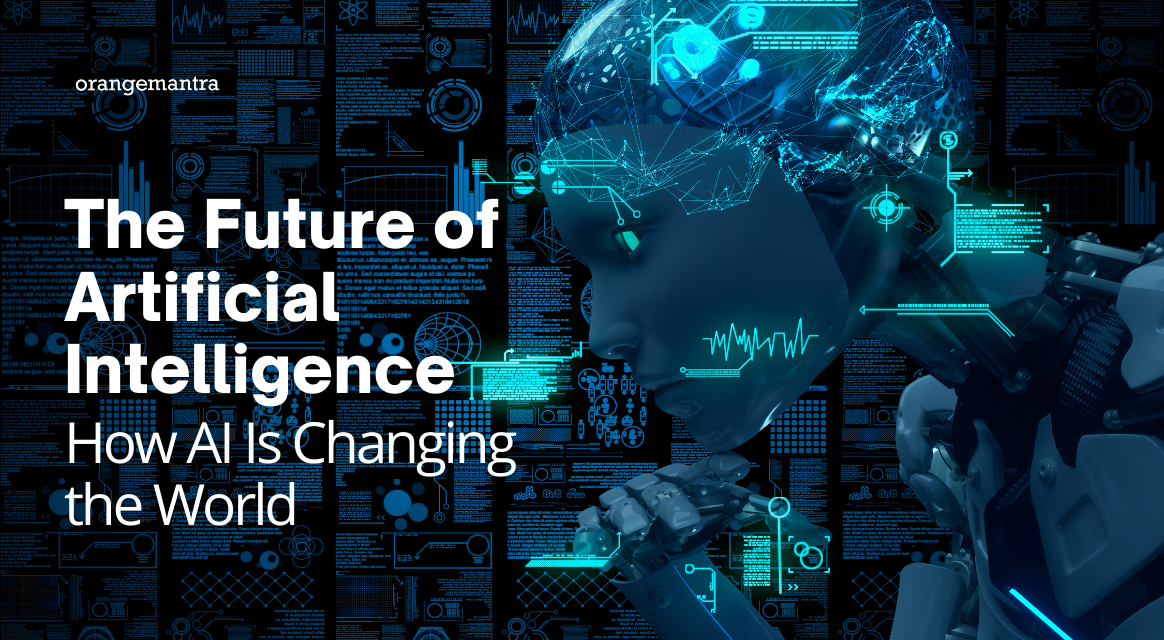I
- Identity and Access Management (IAM)
- Incident Response
- Industrial IoT (IIoT)
- Industry 4.0
- Infrastructure as Code (IaC)
- Infrastructure Security
- Innovation Product Design
- Innovation Product Development
- Insider Threat Detection
- Integration Testing
- Intelligent Automation
- Intelligent Process Automation
- Interactive Application Security Testing (IAST)
- Internet of Things (IoT)
- Internet of Things Platform
- Internet of Things Strategy
- Intrusion Detection System (IDS)
- IT/OT Convergence
Human-Centered Artificial Intelligence
Simple Definition for Beginners:
Human-centered artificial intelligence (AI) focuses on creating AI systems that are designed to benefit and work collaboratively with humans, considering human values, ethics, and needs.
Common Use Example:
A virtual assistant like Siri or Alexa is an example of human-centered AI. These systems are designed to understand and respond to human queries, making interactions more intuitive and user-friendly.
Technical Definition for Professionals:
Human-centered artificial intelligence (AI) emphasizes the development of AI systems that prioritize human values, user experience, and ethical considerations. It involves designing AI algorithms, interfaces, and applications that enhance human capabilities, improve decision-making, and foster collaboration between humans and machines. Human-centered AI takes into account factors such as transparency, fairness, privacy, inclusivity, and accountability to ensure that AI technologies serve human interests and align with societal values. This approach is crucial for building trust in AI systems and promoting their responsible and ethical use across various domains.
Human-Centered Artificial Intelligence

